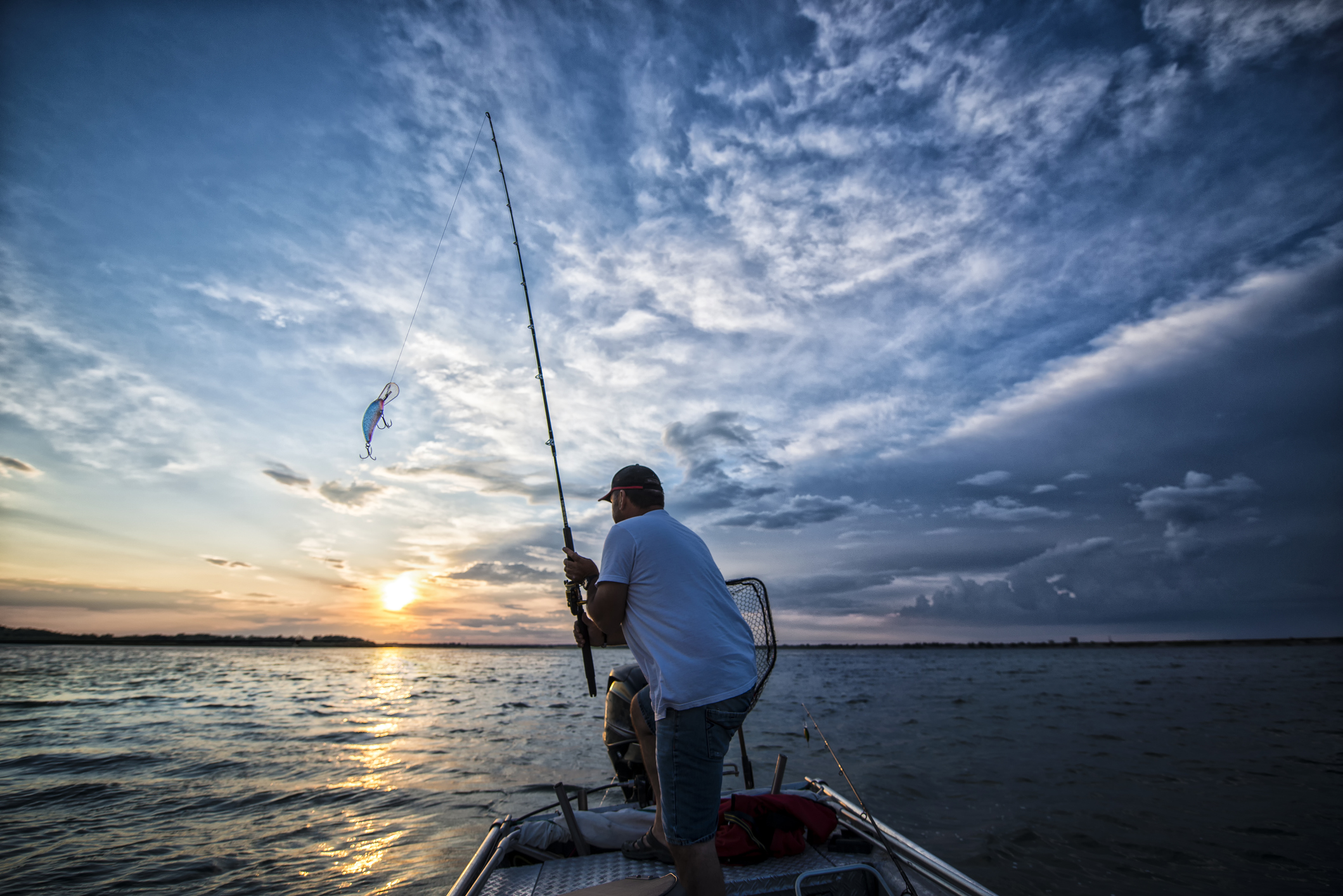How to winterize a boat
Updated May 3, 2024 | Published October 13, 2022
-
Categories:
- Recreational Vehicles
- Winter

As the leaves on the trees begin to turn from green to colors of red, yellow, and orange, many boaters in Massachusetts will be setting the anchor on boating season over the next couple of weeks. At WebFirst Insurance, we care not just about providing you insurance, but also about taking good care of the things that mean something to you, like your boat. Here’s some information about how to winterize a boat.
Start preparing for haul-out
In order to prevent having to make repairs to your boat in the spring, it’s important to follow the haul-out process as closely as possible.
Make one last trip.
Before you winterize a boat, you need to take your boat out for one last trip. Make sure focus on looking for things that may need to be repaired or upgraded. Make a list, and convert it into projects that you can complete during the off-season, so you don’t have to take down time during the boating season.
Unpack the boat.
Remove as much gear as possible from the boat. Take any food home or donate it to the local pantry. Most importantly, pull out all of your fire extinguishers for inspection during the winter.
Clean the boat.
Give the boat a good scrub down; wiping out all surfaces, lockers, and drawers. A good home remedy for wiping down wood is lemon oil.
Air it out.
Leaving the doors of a cabin boat open during the winter is a good idea, to avoid collecting nasty smells during the off-season. You may also want to consider an odor absorber, to help your boat smell extra fresh come springtime.
Check up on deck.
Rinse the mud off of the chain and rode of your anchor. Clean any black hunk out of the scuppers and scrub the lazarette. Clean the sails with soapy water, and make sure they properly dry as you prep them for storage.
Check the engine system.
Next is winterizing your engine. Top off your tanks, but fill to no more than 7/8 capacity to allow for fuel expansion in the spring. Stabilize your fuel, change your engine oil, and replace filters. Check the coolant to make sure it has the proper degree of protection. Check hoses, belts, and clamps, and clean your strainers. Make sure your thru-hulls open and close properly, but leave then open when storing the boat. Check with local authorities to see what the best way to recycle used filters, oil, coolant, and absorbent pads it. Don’t assume that throwing them out is the way to go.
Flush the head.
Flush the head with plenty of fresh water and pump out your holding tank, and run non-toxic antifreeze through the intake lines, the y-valve, macerator and discharge hose.
Drain water tanks.
Completely drain the fresh water tanks and heater. Don’t forget to turn it off first, though. You can add non-toxic antifreeze directly to your water tank and pump it through both the hot and cold plumbing.
After hauling.
Fog the cylinders on gas engines and flush the raw water cooling system using non-toxic antifreeze. Open any thru-hulls, check your shaft, strut, cutlass bearing, props, intake screens, and anodes. Check the hull for any blisters and change the gear lube in the lower units. Disconnect and wipe off the batteries. Some boat owners remove the batteries so they can charge them at home over the winter; it might be a good idea to do this if you’re able to. Wash the deck and hull thoroughly, and cover the exhaust and any holes to keep critters from getting in your boat.
Storing your boat
Covering your boat to keep snow off is a good idea, especially if you’re storing it outside. Even if you’re storing it inside a garage, covering it will help keep dust off. Some examples of materials to cover a boat are wood frames, plastic tarps, PVC fortresses with canvas covers, or shrink wrap. We recommend that you check your owners’ manual for special recommendations on winterizing procedures.
What is Boat Insurance?
Boat insurance protects you from injuries that your boat may cause to others. It also covers your watercraft and trailer in the event of theft or damage. We recommend contacting one of our agents to see if we can cover your boat.
One of the biggest myths about boat insurance is that you don’t need it because you’re covered under your home insurance policy. Your home insurance policy will give you the coverage you need for your boat while it’s being stored at home, but homeowners insurance isn’t useful while your boat is in the water, or docked somewhere during the season.
Boat Insurance covers:
- Liability for any injuries or damage caused to others.
- Physical damage, both comprehensive and collision. Your policy can also include coverage for weather, theft, or fire.
- Uninsured / underinsured coverage pays for your injuries sustained from someone with little or no insurance protection.
Looking to purchase boat insurance? WebFirst Insurance can help you decide what the best coverage is for your budget. We’ll be transparent with you about pricing, and detail what each policy gives you in terms of coverage. Check out our Recreational Vehicle Insurance offerings, or give us a call today to get started.
